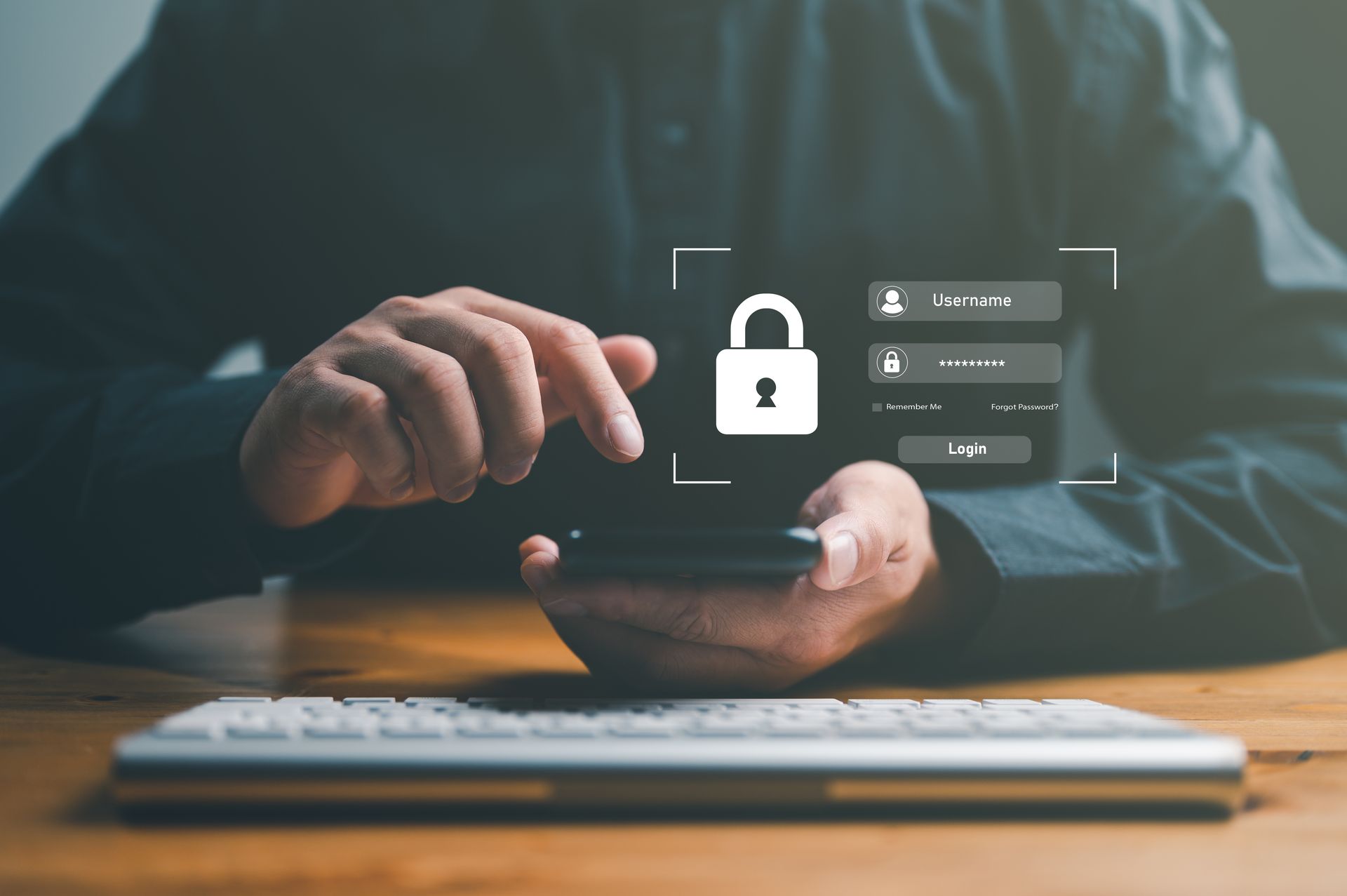AI-enabled hackers: The rising cybersecurity threat businesses can't afford to ignore
Artificial intelligence (AI) is revolutionising industries and our daily lives - from helping us book holidays to improving healthcare access globally. But while AI brings innovation and efficiency, it also opens the door to a new breed of cybercriminals: AI-enabled hackers.
These attackers aren't just using traditional hacking tools, they're leveraging the power of machine learning, automation, and data analysis to launch smarter, faster and more adaptive cyberattacks. So, what does this mean for your business, and how can you protect business data and minimise your risk.

What are AI-enabled hackers?
AI-enabled hackers use artificial intelligence to automate and enhance cyberattacks. Unlike conventional hackers who rely on manual (albeit digital) techniques, these attackers use algorithms and machine learning to:
- Automate reconnaissance: AI can scan thousands of websites, networks, and systems in seconds, identifying vulnerabilities and exposed data faster than any human.
- Craft sophisticated phishing attacks: AI can mimic writing styles, analyse social media profiles, and generate convincing emails that are difficult to detect.
- Evade detection: Using adversarial machine learning, attackers can train malware to bypass traditional security systems and adapt in real time.
- Exploit zero-day vulnerabilities: AI can analyse code to uncover unknown software flaws before developers even know they exist.
- Scale attacks: AI allows hackers to target thousands of systems simultaneously, often with personalised attacks that increase the chance of success.
Real-world examples of AI-driving cybercrime.
What could an AI-enabled cyberattack look like when it lands in your inbox or system?
- Deepfake scams: AI-generated audio or video impersonates executives, tricking employees into transferring funds or sharing sensitive data.
- AI-powered botnets: Infected devices use AI to coordinate attacks, adapt to defences, and spread malware more efficiently.
- Chatbot impersonation: Malicious AI chatbots pose as customer service agents to steal login credentials or payment information.
Why does this matter?
AI-enabled hacking isn't science fiction - it's happening now. As AI tools become more accessible, the barrier to entry for cybercriminals drops. What once required deep technical expertise can now be done with off-the-shelf AI models and a bit of creativity.
This shift means every business is at risk, and cybersecurity strategies must evolve to meet this new challenge and match the speed and sophistication of AI-driven cyberattacks.
How to protect your business' data and systems from AI-enabled cyberattacks.
If you're unsure whether your business is protected against cyberattacks (AI-driven or not), now is the time to act. From phishing-resistant email systems to AI-powered threat detection, modern cybersecurity requires modern solutions.
Practical steps you can take to minimise your risk include:
One: Invest in AI-driven cybersecurity
- Use AI tools for threat detection, anomaly detection, and automated response.
- These tools can identify unusual behaviour and respond in real time.
Two: Employee cybersecurity awareness and skills training
- Regularly train staff to recognise phishing, social engineering, and suspicious activity.
- Simulated phishing campaigns can help build awareness.
- Ensure your staff know exactly what steps to take if they believe any of their logins or tools have been compromised.
Three: Zero trust architecture
- Assume no user or device is trustworthy by default. AI-enabled hackers love targeting users with only simple passwords in place and no multi-factor authentication (MFA).
- Require continuous verification and limit access based on roles.
Four: Regular security audits
- Conduct vulnerability assessments and penetration testing.
- Patch software and systems promptly.
Five: Data encryption and backup
- Encrypt sensitive data at rest and in transit.
- Maintain secure, offline backups to recover from ransomware attacks.
Six: Incident response plan
- Have a clear, tested plan for responding to breaches.
- Include communication protocols, containment strategies, and recovery steps.
AI is a double-edged sword in cybersecurity. While it empowers defenders, it also gives attackers new capabilities. Staying informed, proactive, and adaptive is key to protecting your data and systems.
Concerned your business might be vulnerable to AI-enabled cyberattacks?
Test your cybersecurity systems by completing our free, cybersecurity self-assessment tool here. Or get in touch for a confidential, no-strings chat about how best to approach cybersecurity for your business.

